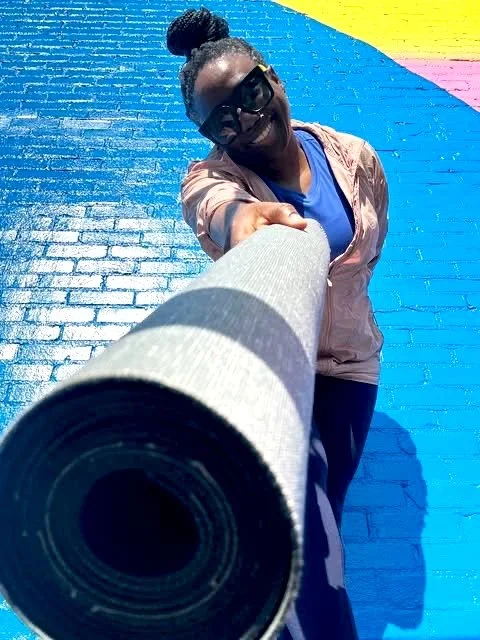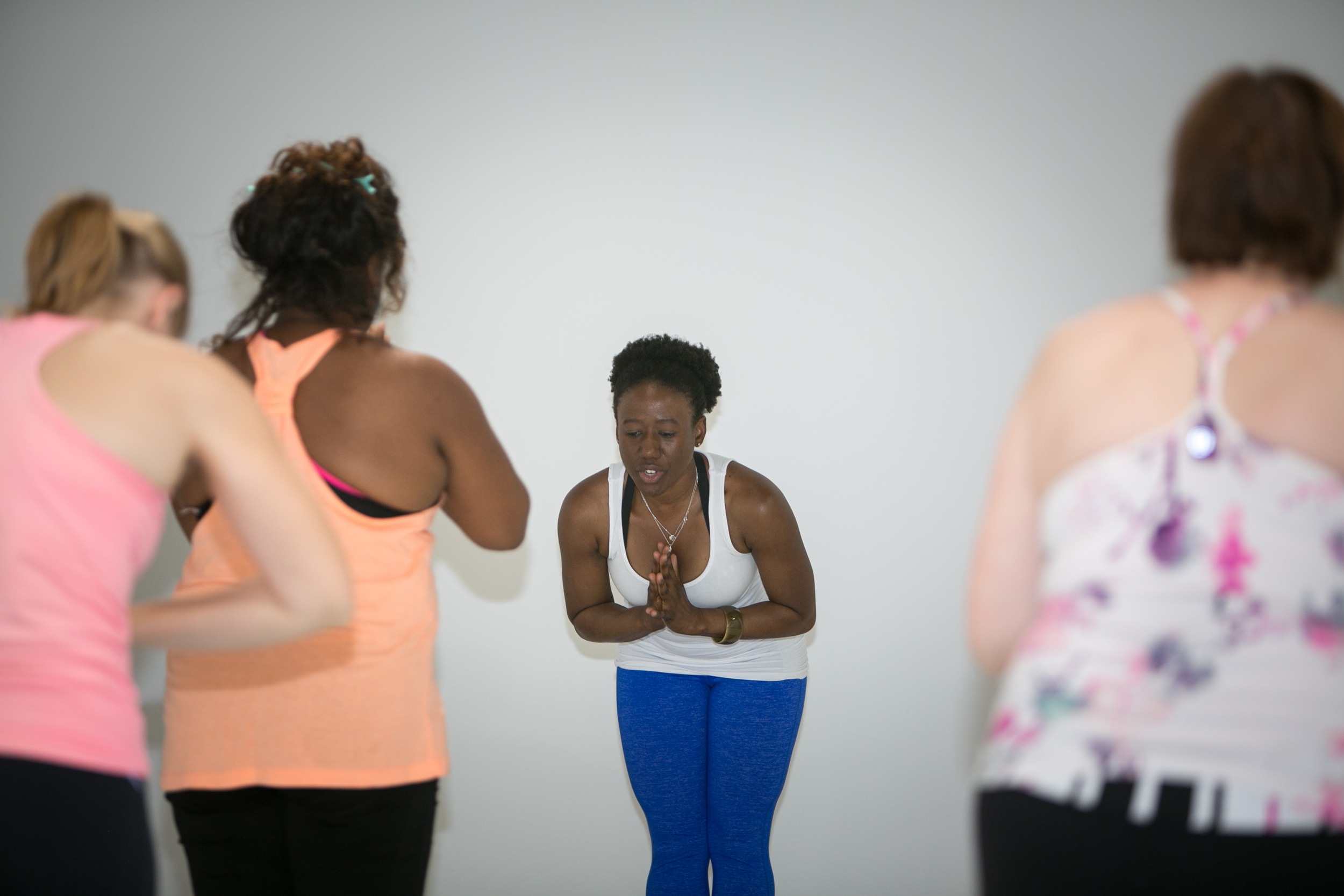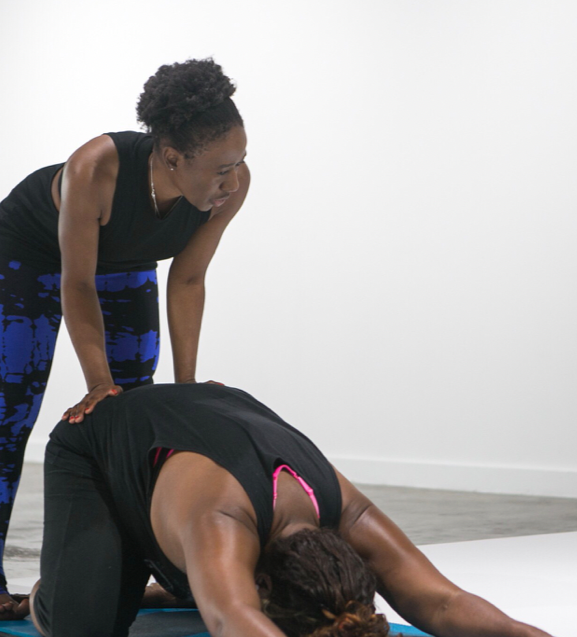10 common myths about Pilates
Contributor
Pilates is a low-impact exercise system that has gained widespread popularity for its focus on core strength, flexibility, and overall body alignment. Despite its benefits and growing acceptance, several myths about Pilates persist. Let’s dive into ten common myths about Pilates and set the record straight.
1. Pilates is just for women.
A common myth is that Pilates is an exercise for women. In reality, Pilates is suitable for everyone. Many male athletes and fitness enthusiasts use Pilates to improve their strength, flexibility, and overall performance. The practice’s focus on core strength and alignment benefits everyone.
2. Pilates is only for the super fit.
Pilates is often perceived as a workout for only the fit and flexible, but this couldn’t be further from the truth. Pilates exercises can be modified to suit various fitness levels and abilities. Whether you’re a beginner or an advanced practitioner, there are exercises and modifications that can help you progress at your own pace.
3. You need special equipment to do Pilates.
While Pilates is well-known for its use of specialized equipment like the Reformer, it can also be practiced using just a mat and your body weight. Many effective Pilates exercises are performed on the floor and can be done at home or in a gym setting. The equipment enhances the practice but is not a requirement.
4. Pilates is just a fancier way to do crunches.
Contrary to popular belief, Pilates is much more than just an elaborate form of crunches. While Pilates does focus on core strength, it also emphasizes overall body alignment, flexibility, and coordination. The exercises work on stabilizing and strengthening the entire body, not just the abdominal muscles.
5. Pilates is too easy and doesn’t provide a good workout.
Some people perceive Pilates as too gentle to be an effective workout. However, Pilates can be highly challenging, especially when performed correctly and with proper form. Pilates can also build strength, improve balance, and increase flexibility, making it a comprehensive workout.
6. Pilates is only for flexibility.
Although flexibility is one of the benefits of Pilates, it is not the sole focus. Pilates also enhances core strength, muscular endurance, balance, and coordination. The practice addresses various aspects of fitness and helps create a well-rounded exercise routine.
7. Pilates is not a good workout for weight loss.
Pilates alone may not be the most intense calorie-burning workout, but it can be an effective part of a comprehensive fitness program. When combined with cardiovascular exercise and a balanced diet, Pilates can contribute to overall weight loss and body conditioning by building lean muscle and improving posture.
8. Pilates is a new fitness trend.
While Pilates has gained modern popularity, it is not a new fitness trend. Developed by Joseph Pilates in the early 20th century, this exercise method has a long history. Its principles and techniques have stood the test of time and continue to be relevant in today’s fitness world.
9. Pilates is only for people with back pain.
While Pilates is known for its benefits in relieving and preventing back pain, it is not limited to those with back issues. Pilates is beneficial for a wide range of individuals, including those looking to improve their athletic performance, enhance posture, or simply engage in a balanced exercise routine.
10. You have to be perfectly coordinated to do Pilates.
Pilates requires focus and precision, but you don’t need to be a coordination expert to start. Like any physical practice, Pilates takes time to master. Beginners may find some exercises challenging at first, but with practice and proper instruction, coordination and technique will improve.
Pilates is an effective exercise method that offers a range of benefits, from improved core strength and flexibility to better posture and overall body awareness. By dispelling these common myths, we hope to encourage more people to explore and enjoy the many advantages of Pilates. Whether you’re a seasoned athlete or new to fitness, Pilates has something to offer for everyone. So, roll out your mat and give it a try—you might find that it’s exactly what you’ve been looking for in your fitness journey.






























